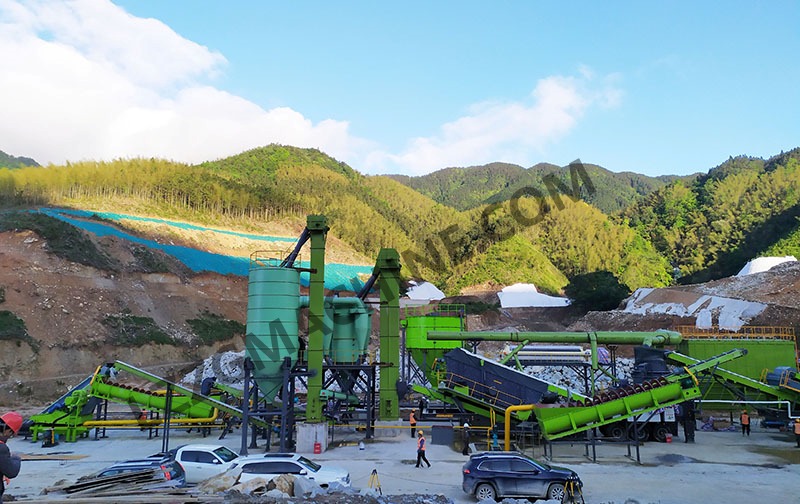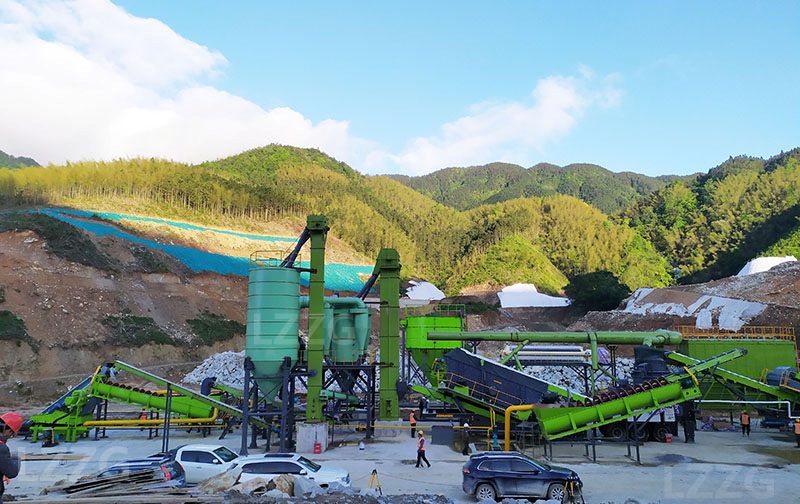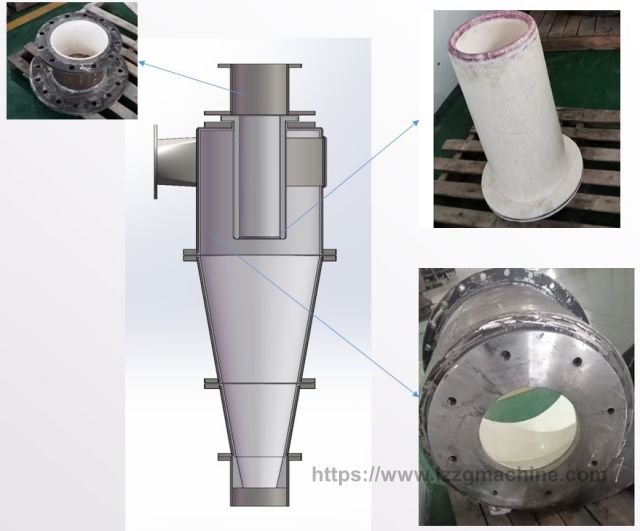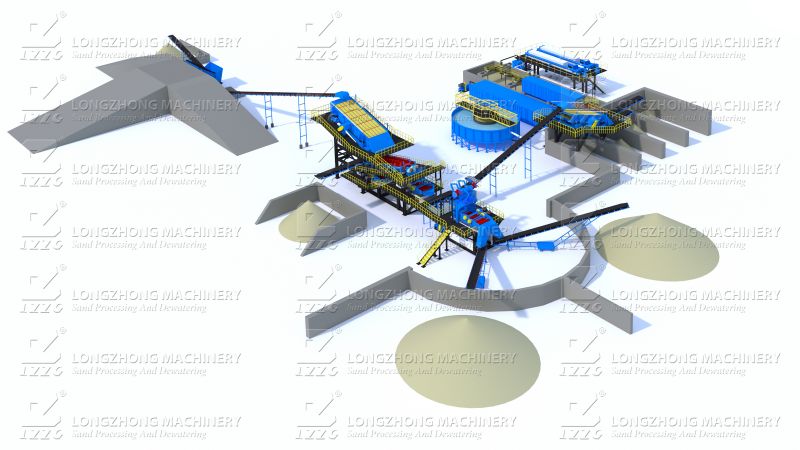Methods for removing Fe2O3 from silica sand
 August.01,2024
August.01,2024
Magnetic separation is divided into dry separation and wet separation. Wet strong magnetic separation has the defects of large power consumption of magnetic separator, easy wear of medium, large water consumption in production, high operation and maintenance costs. The dry strong magnetic separation process is easy to operate, and the operation and maintenance costs are lower than those of the wet type.
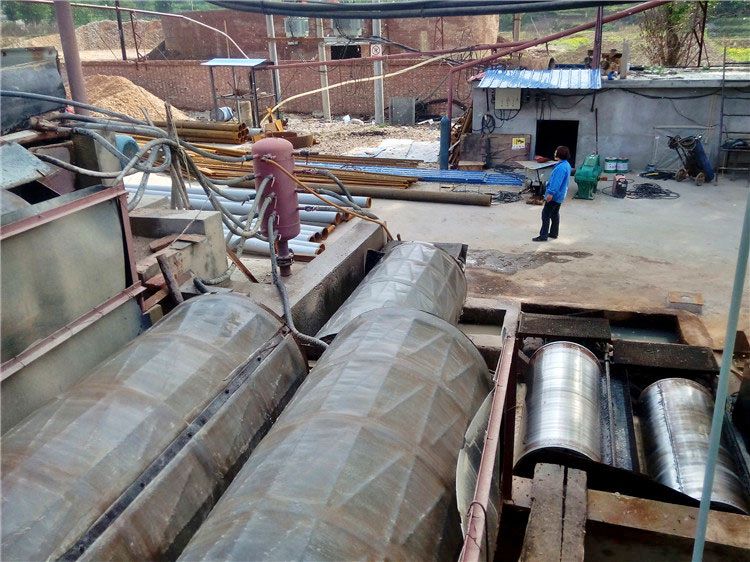
In the magnetic separation process, the wet strong magnetic separator can remove weak magnetic impurity minerals such as hematite, limonite and biotite including conjoined particles to the maximum extent. Generally speaking, for quartz sand containing mainly weak magnetic impurity minerals, the wet strong magnetic separator can be selected at more than 10,000 Oersteds; for strong magnetic minerals containing mainly magnetite impurities, the selection effect is better by using a weak magnetic separator or a medium magnetic separator. In production, the use of a wet strong magnetic separator can best obtain high-quality quartz sand concentrate with a Fe2O3 content of 0.036%. The iron removal effect of the wet strong magnetic separator is affected by parameters such as feed rate, flushing water volume, and magnetic field strength, among which the magnetic field strength has the greatest influence. In addition, the more times of magnetic separation, the finer the quartz sand particle size, and the better the iron removal effect.


